#XII century
Text




This is the Church of Saint Mary of Sesimbra, also known as Parish Church of Saint Mary of the Castle (Santa Maria do Castelo), Church of Our Lady of the Castle or Church of Our Lady of the Consolation.
This catholic temple was originally built inside the walls of Sesimbra in the year of 1165, after the conquest of the town by the king Afonso Henriques of Portugal. However, most of the original Romanesque church was erased by the restorations that took place during the XVI, XVII and XVIII centuries. The interior of this church is illustrative of the tastes of the XVIII Century when it comes to religious architecture, and to be honest, there is nothing wrong about it.
#Church of Saint Mary of Sesimbra#Church of Saint Mary of the Castle#Church of Our Lady of the Castle#Church of Our Lady of the Consolation#Igreja de Santa Maria de Sesimbra#Igreja de Santa Maria do Castelo#Igreja de Nossa Senhora da Consolação#Igreja de Nossa Senhora do Castelo#Sesimbra#1165#Século XII#Siglo XII#XII Century#Península de Setúbal#Lisboa e Vale do Tejo#Área Metropolitana de Lisboa#Lisbon Metropolitan Area#Estremadura#Portugal#Original photos#photography#photographers on tumblr
29 notes
·
View notes
Text

Ermesinde (July 1186 – 12 February 1247) ruled as the countess of Luxembourg from 1197 until her death. She was the only child of Count Henry IV and his second wife Agnes of Guelders.
6 notes
·
View notes
Text
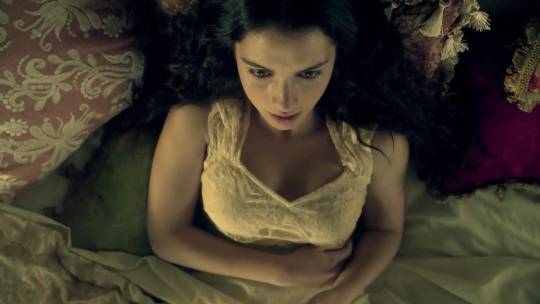
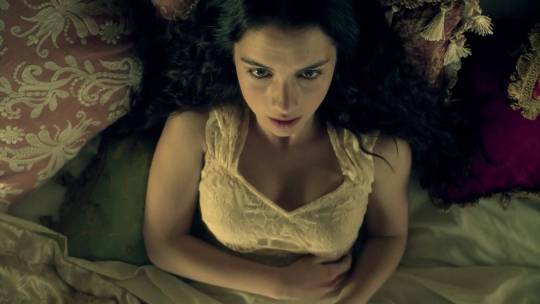


Reign 2013-2017
Mary and Francis
La nostr'amor va enaissi
com la brancha de l'albespi,
qu'esta sobre l'arbr'en creman,
la nuoit, ab la ploi'ez al gel,
tro l'endeman, que l sols s'espan
per la feuilla vert el ramel.
Enquer me menbra d'un mati
que nos fezem de guerra fi
e que m donet un don tan gran:
sa drudari'e son anel.
Enquer me lais Dieus viure tan
qu'aia mas mans soz son mantel!
Il nostro amore è come il ramo del biancospino che intirizzisce sull'albero, la notte, nella pioggia e nel gelo, fino all'indomani, quando il sole si diffonde attraverso il verde fogliame sul ramoscello.
Ancora mi ricordo dì un mattino quando ponemmo fine alla nostra guerra con patto, e lei mi offri un dono così grande: il suo amore fedele e il suo anello. Ancora lasci Dio vivere tanto che io possa mettere le mie mani sotto il suo mantello.
(From "Ab la dolchor del temps novel" , Guillaume IX d' Aquitaine / "Nella dolcezza della primavera", Guglielmo IX d'Aquitania, XII Century)
#frary#fate#mary stuart#francis de valois#adelaide kane#toby regbo#mary×francis#reign#OTP#engagement#love#it's always been you#emotions#prophecy#mea regina mea lux meus amor#my queen my light my love#troubadours love poems#xii century#italian translations#guglielmo d'aquitania#ab la dolchor del temps novel#nella dolcezza della primavera#guillaume d'aquitaine#william ix of aquitaine
13 notes
·
View notes
Text
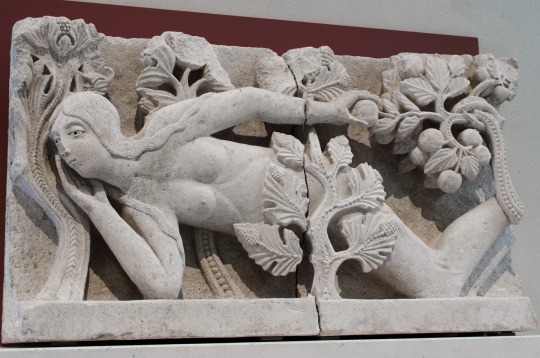
La Tentation d’Eve dite l’Eve d’Autun (Eve’s temptation, or Eve of Autun), around 1130
0 notes
Photo

La Mode illustrée, no. 6, 5 février 1899, Paris. No. 4. — Costume Louis XII pour jeune fille de 15 à 16 ans. Ville de Paris / Bibliothèque Forney
No. 4. — Costume Louis XII pour jeune fille de 15 à 16 ans. — Corsage en brocard blanc et or avec encadrements de bengaline blanche et rangs de perles blanches; grandes manches très amples, en bengaline blanche, bordées d'une bande de brocard blanc et de perles.
Jupe en bengaline blanche garnie de deux rangs de brocard blanc et or, rangs de perles.
Dans les cheveux rangs de perles.
—
No. 4. — Louis XII costume for a young girl aged 15 to 16. — Bodice in white and gold brocade with frames of white bengaline and rows of white pearls; large, very ample sleeves, in white bengaline, edged with a band of white brocade and pearls.
White bengaline skirt trimmed with two rows of white and gold brocade, rows of pearls.
Rows of pearls in the hair.
#La Mode illustrée#19th century#1800s#1890s#1899#perioidical#fashion#fashion plate#retouch#description#Forney#dress#costume#masquerade#louis xii#brocade#bengaline
256 notes
·
View notes
Note

Everyone designed one except for you!!!!!!!!!!!!!
😭
I don’t know!!! Strangely i can picture Caryll, Ludwig, Laurence and some OCs very well but it’s hard to picture this dear Saint Adeline.
And i mean i did already draw her kinda!! « No Fantomette your funny drawing where Adeline appear only once doesn’t count! »
Ok well have this then. I just did it. Specially. It just pop out of my imagination
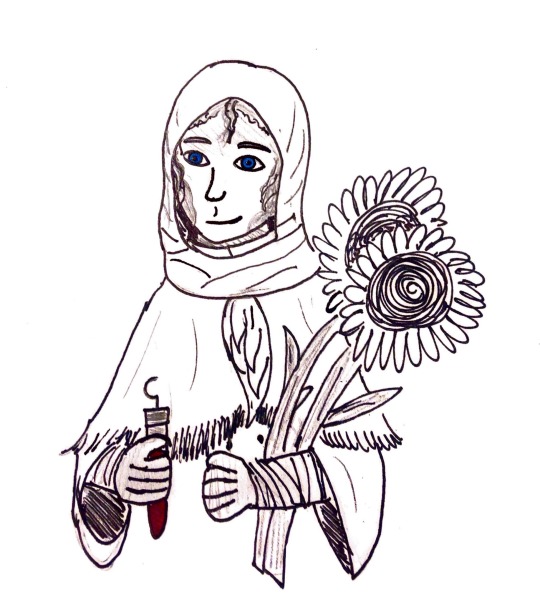
Yes i am putting a head covering veil on her head because i have zero idea how her hair should be like. Short? long? curly? straight? red? dark? blond? Idk 🤷♀️
And i did add some birth mark on her face but don’t ask me why i might change it later just thought it could be interesting at the moment.
HOPE YOU ARE HAPPY NOW!
#bloodborne#saint adeline#my art#my asks#fantomette22art#bloodborne headcanons#it allow me to do some research on some XII century french religious called Adeline too xD
23 notes
·
View notes
Text

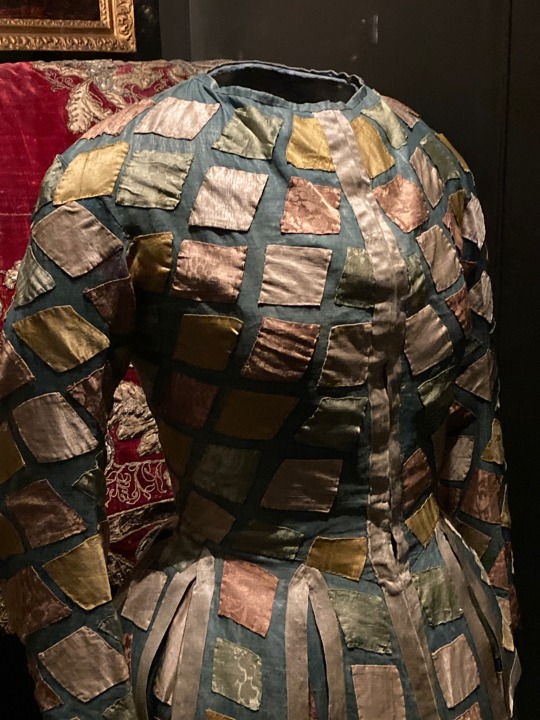
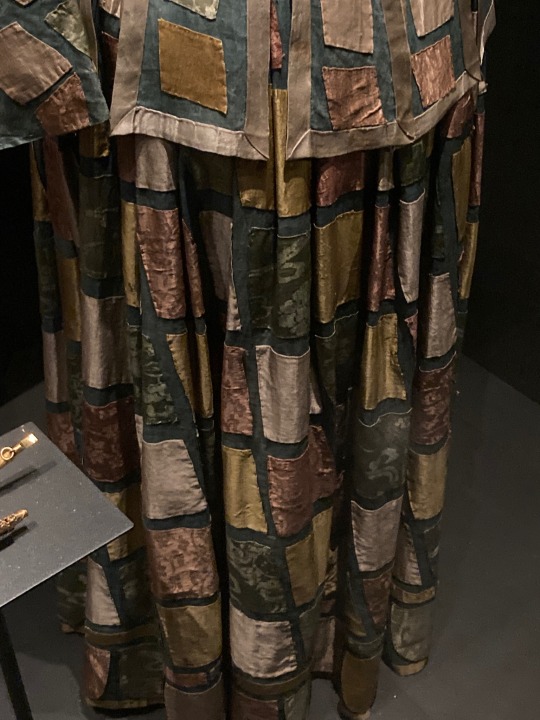



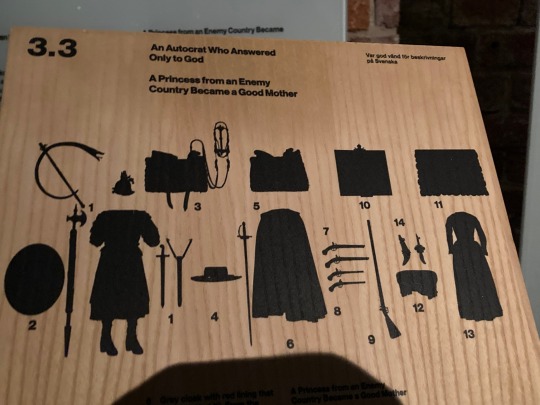

Harlequin Costume For Court Masquerade
Possibly Worn By Ulrika Eleonora The Elder
Gold And Wolf Tooth Whistles
Karl XII, Hedvig Sofia, Ulrika Eleonora
C. Late 1600s
The Royal Armoury
Stockholm, Sweden
#harlequin costume#masquerade#17th century fashion#1600s#extant garments#1600s fashion#gold whistles#wolf tooth#ulrika eleonora#karl xii#royal armoury#stockholm#sweden
20 notes
·
View notes
Text

This Midjorney generation I can see only as a female version of Karl XII :D
#history#18th century#17th century#karl xii#historical#sverige#carolus rex#ai generated#ai art#character design#midjourney#sweden#histoire
5 notes
·
View notes
Text

Sketchy sketch created for the Secret Santa Event on @loish's Patreon server.
2 notes
·
View notes
Text
No One:
Absolutely No One:
Me when I see the word "Vallombrosa": Is this an Orlando Furioso reference
#this is obviously /jk but#i'm reading this book about the history of spirituality in the middle ages#and it's funny how the good(?) examples of religion in OI+OF seem to trace back to XI-XII century...#mumble mumble#orlandoposting#italian literature#orlando innamorato#orlando furioso#ludovico ariosto#matteo maria boiardo
5 notes
·
View notes
Text
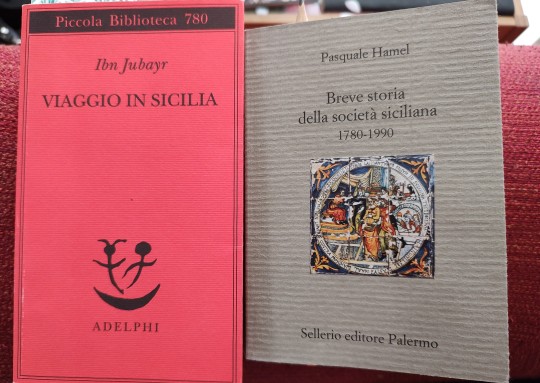
Letture del momento
#My readings#Sicily#The first one in an excerpt on Sicily from a wider medieval (?) work#And it's amazing bc it really transport you back to the Sicily of late XI century seen by the eyes of a muslim intellectual#The other one is very interesting#A dense analysis to try understand the Sicilian society with its many flaws and peculiarities#I'm really loving them#*late XII century oops
2 notes
·
View notes
Text
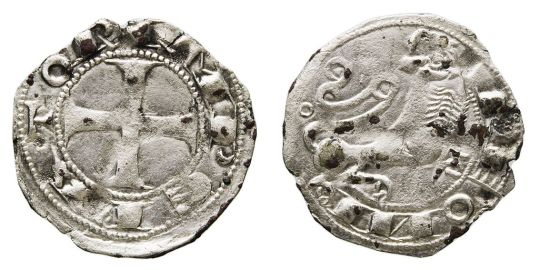
Óbolo de Alfonso VII de León ''el Emperador'' con la leyenda ''Imperator Leoni''
#numismática#arqueología#reino de león#alfonso vii#península ibérica#españa#moneda#alfonso vii de león#monedas#edad media#siglo xii#coin#numismatics#archaeology#coins#kingdom of león#iberian peninsula#spain#middle ages#12th century#medieval period
1 note
·
View note
Text

Empress Xiang (1047–1102) was a Chinese empress consort of the Song Dynasty, married to Emperor Shenzong of Song. She acted as co-regent of China during the reign of her adopted son, Emperor Huizong of Song, in 1100.
4 notes
·
View notes
Text
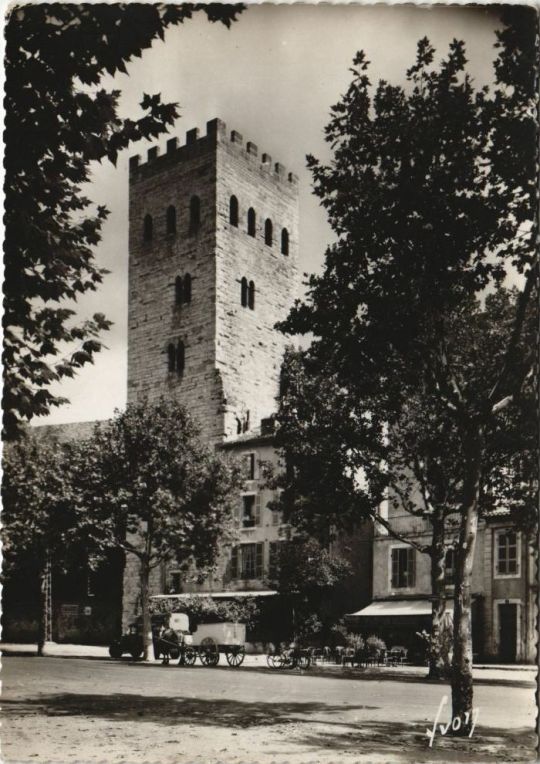
14th-century Pope John XII's Tower in Cahors, Quercy region of France
French vintage postcard
#tower#historic#john xii's#photo#briefkaart#vintage#region#quercy#th#sepia#14th-century#photography#carte postale#cahors#postcard#postkarte#france#postal#tarjeta#ansichtskarte#french#old#ephemera#postkaart#century#pope#xii#john
5 notes
·
View notes
Text
Extending royal authority
As Henry I sought to extend his authority over the relatively welldefined territories of England and Normandy, King Louis VI of France (1108–1137) and his son Louis VII (1137–1180) sought to improve their position relative to that of their great vassals, including Henry himself. At the beginning of his reign, as noted above, Louis VI directly controlled only a small fraction of the territory he theoretically ruled as king —the ‘royal domain’— and that area itself could be profoundly unstable. Local nobles engaged in private warfare and created a general atmosphere of fear. The contemporary writer Guibert of Nogent (c. 1060–c. 1125), wrote that a castellan named Thomas of Marle, ‘a robber of paupers and pilgrims to Jerusalem’, resisted royal authority, sought to consolidate his power, and committed countless crimes (related in stomach-churning detail) against the defenseless. It has been calculated that, in his time as a warrior, first as a prince and then as a king, Louis VI responded to some 27 documented cases of local violence or oppression. The biographer Suger insists that Louis VI could repay violence for violence. When he attacked a disruptive vassal named Ebles of Roucy, ‘the plunderers were themselves plundered and the torturers were tortured with the same or even more pain than they had used to torture others.’ Louis VI’s primary task, then, was to bring peace to the royal domain while simultaneously keeping an eye on his most dangerous vassals. Before his reign was half over, he had largely succeeded in bringing peace to the area around Paris.
He had several assets to help him consolidate his gains. First, the French crown had been safely in the hands of his Capetian dynasty since the tenth century. Most Capetians had the good fortune of long reigns, so succession disputes were rare, and at any rate Louis VI had been designated king in his father’s lifetime (possibly to guard against a rival reviving the memory of Frankish elective kingship). In addition, despite periods of relative weakness, and some rather disreputable and much-censured sexual misbehavior by his father Philip I, Louis VI’s forebears had managed to create an air of sacrality about them; they had relatively few major disputes with the Church. Because authority in France was so fragmented, the French
kings had never attained the level of control over bishops that the English and German kings had, and therefore lay investiture was a less pressing issue. Louis VI tended to negotiate with the Church regarding episcopal appointments rather than to make bold claims of theocratic kingship in order to get their way. Although France had its own version of the Investiture Controversy under Philip I, by Louis VI’s reign it had been essentially resolved, and he enjoyed mostly amicable relations with the papacy. The French kings demonstrated the sacred character of their kingship frequently and ostentatiously. The great royal abbey of St Denis, just outside Paris and rebuilt in the middle of the twelfth century, testified to royal holiness through its new Gothic elements. As early as the reign of Robert II ‘the Pious’ (996–1031), the Capetians had been thought to have the power to cure skin diseases —either scrofula or leprosy, depending on the source— as a reverberation of the healing powers of Christ. This power was also imputed to English kings, but they were apparently less successful at it.
The French kings also had more concrete, and more easily documented, means of securing their domain. Philip II had established small administrative units called Prévôtés, to allow for more orderly and manageable organization at the local level. These units were administered by royal agents, prévôts, who collected revenue, looked to royal interests, and tried to ensure some modest consistency in the meting out of justice. During the reigns of Louis VI and his son Louis VII (1137–1180), the prévôts would prove an effective means of extending royal power. But nothing was quite so effective at representing royal authority than the presence of the king himself, and French royal court was constantly traveling. Louis VI benefitted from a small core of trusted advisors, literate men with connections who helped regularize the business of government. Under mostly competent leadership, the production of written charters increased during the century: whereas an average of 5.7 royal charters per year survive from Philip I’s reign, the figure increases to 14.0 for Louis VI, and 28.1 under Philip II ‘Augustus’ (1180–1223).
Despite early difficulties with local uprisings in the royal domain, the Capetians always had their eye on the rest of France, and they intervened when they could, generally with a view to checking the power of the great princes, especially the dukes of Normandy, as Louis VI did repeatedly in the 1110s. Louis also intervened in a succession dispute in Flanders in 1126. In 1137, just before his death, he married the soon-to-be Louis VII to Duchess Eleanor of Aquitaine, which loosely joined the royal domain to much of the territory of southern France (though Eleanor’s lands were not formally integrated into those of Louis). Louis brought Eleanor with him on the Second Crusade, where she was rumored to have had dalliances with at least one other man. Partly for this reason, but also because she did not produce an heir, Louis had the marriage annulled in 1152, leading to one of the more significant instances of dynastic politics impinging on the conjoined history of France and England.
John Cotts - Europe's Long Twelth Century- Order, Anxiety and Adaptation, 1095-1229
#xii#john cotts#europe's long twelth century#louis vi#the robber barons#thomas de marle#louis vii#aliénor d'aquitaine
3 notes
·
View notes
Text
my grandma gave me this document where the whole family of my grandad (on his father's side) appears sort of as a primitive 'libro de familia' and now i know the names and birth dates of my great great grandparents and my great grandfather i need a moment
#my great grandparents were pedro justo nemesio born on december 19 1875#and ana maría del carmen bruna born on october 6 1874#and my great grandfather was pedro félix born on july 10 1901#i even have the name of his godparents 🥲#also this makes me 💖💖💖 because my grandparents are called pedro and ana maría#so this cycle has always been like this huh#i would love to know the place they were born but this is a lot honestly#it's enough#it's all handwritten so i'm trying to descipher everything lol#also for some historical context#when my great great grandparents were born the first republic had just failed#the third carlist war was going on because it was the 19th century after all#alfonso xii was proclaimed king like 2 months after my great great grandmother was born#she literally was born when there was a political limbo in the country#oh and cuba puerto rico and the philipines were still part of spain#meanwhile when my great grandfather was born#roosevelt was proclaimed president of the usa#and alfonso xiii was king of spain#just lol
7 notes
·
View notes